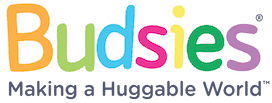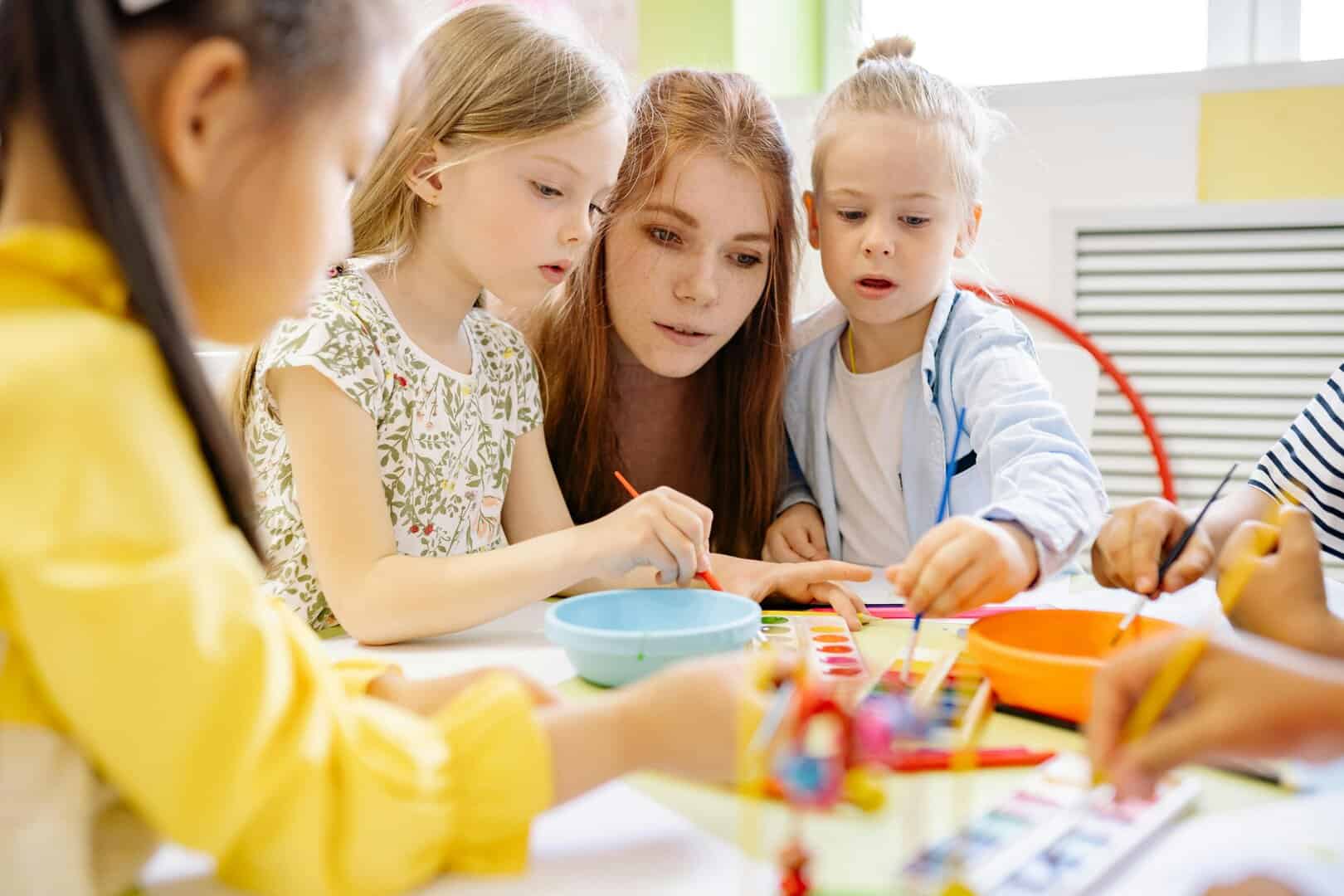Art education is of vital importance to people of all ages. It should always take its rightful place alongside ‘core’ subjects. School in general can be very stressful and studying art can help to relieve that stress. It gives students the opportunity to express their creativity. Creative thinking inspires them to ask questions and go beyond what they already know.
Art education for children
Children of all ages, including students at college, need art education. It gives them the opportunity to explore and exercise different areas of their brains. A teacher won’t tell students explicitly what to do but allow them to think for themselves and explore. When studying subjects like art and design, students can acquire many new skills.
Studying art requires discipline and involves plenty of hands-on practice. If students want to develop their artistic abilities, they may need to find online help for writing essays, homework help, etc. They can turn to the best essay writing service EduBirdie when in need of quality papers. Professional writers at EduBirdie can help them with many different types of writing tasks. They can learn how to write an essay with guidance from the industry’s best. For the best quality paper, they will need to choose a writer with experience in art education. This will give them the time they need to develop their creative skills and focus more on their journey.
Here are some of the reasons why studying art is so beneficial for children of all ages.
Creativity
Early exposure to art stimulates creativity and visual learning. It encourages self-expression and can help to build self-esteem. It can also help students develop the ability to observe and interpret the world around them. They have to think innovatively to create.
Cognitive skills
Students develop cognitive skills through art such as critical thinking and visual learning. It involves both sides of the brain. Students can learn how to see from different perspectives. This helps to develop problem-solving skills. One of the notable differences you see is the visual-spatial skills: When a child draws, paints, or sketches, the output is not just a simple picture. It’s something more. They learn to develop perspective and add dimensions. These are useful skills as they help children analyze maps, study math, and other similar things.
Motor skills
Young children have to learn how to draw with a crayon and hold a paintbrush to paint. This helps to develop their motor skills. From its physical benefits like strengthening muscles to improving their tactile perception like the ability to understand textures, it has numerous other advantages. Besides art, some of the other activities that help in developing motor skills include using safety scissors (for training), building Lego and Duplo, polishing shoes, tying shoelaces, etc. Some of these activities indirectly help in improving art skills too.
Decision-making
Students have the freedom to make their own decisions in their education. They continually have to make choices when doing art. When you involve an element of intuition in daily learning, children tend to learn better. So for every art activity, try to give them tasks that can help them bring out their desires and fears. It will also help you in understanding why they choose a certain thing over another. This will enable you to tackle their issues at the right time. Make them feel free and support them in whatever they want to draw or paint.
Collaboration
Many art projects require students to work together. They have to share responsibilities and work together towards a common goal.
Art education for adults
It is never too late for art education. Some people have spent so much time and energy on raising children. They haven’t had opportunities to express themselves or discover their artistic talents. It is only when their children leave home that they have the time to do so.
Adults who know the benefits of lifelong learning often take up art in later life. It becomes a tool for relaxation and self-actualization. Some of the activities they may take up include photography, painting, pottery, and digital art. The benefits they experience from these activities include better mental health and stress relief.
Studying art in later life can open up new opportunities to make money for people who can’t afford to retire. There’s the possibility of earning income online from their artistic endeavors. It is also easier than ever before to take online courses to learn the skills they need.
Integrating art into daily life
Studying art teaches qualities that are useful in daily life. There is no innovation in society without creative thinkers.
Art studies can open up diverse career opportunities. It teaches functional skills such as photography, graphic design, pottery, etc.
Arts and cultural learning is very important for the health of communities and society as a whole. It can increase social mobility by encouraging students to aspire to get higher education.
The next generation of designers, creators, engineers, architects, and cultural leaders can develop skills that are critical for the future.
Engagement with the arts encourages young people to develop a sense of their own identity. This often results in them becoming more involved in their schools and local communities. Arts and cultural learning make individuals more aware and empathetic. They can appreciate differences and the views of others.
Conclusion
Leaders in all fields in society today are those who are able to think innovatively and creatively. These skills are more important than ever as technology evolves so rapidly. Making and participating in the arts encourages the development of these skills. There are many avenues today for starting a fulfilling journey in art education at any age. It is well worth exploring local art classes and online resources
Author’s Bio
Cory Shilling is a content creator who has gained a massive fan following in a very quick time made possible by his consistent posting of quality content. He creates blogs, videos, and podcasts for young audiences who look for solutions to handle their academic journey in the best way. He covers domains like writing, sports, career, jobs, etc, with great clarity.



